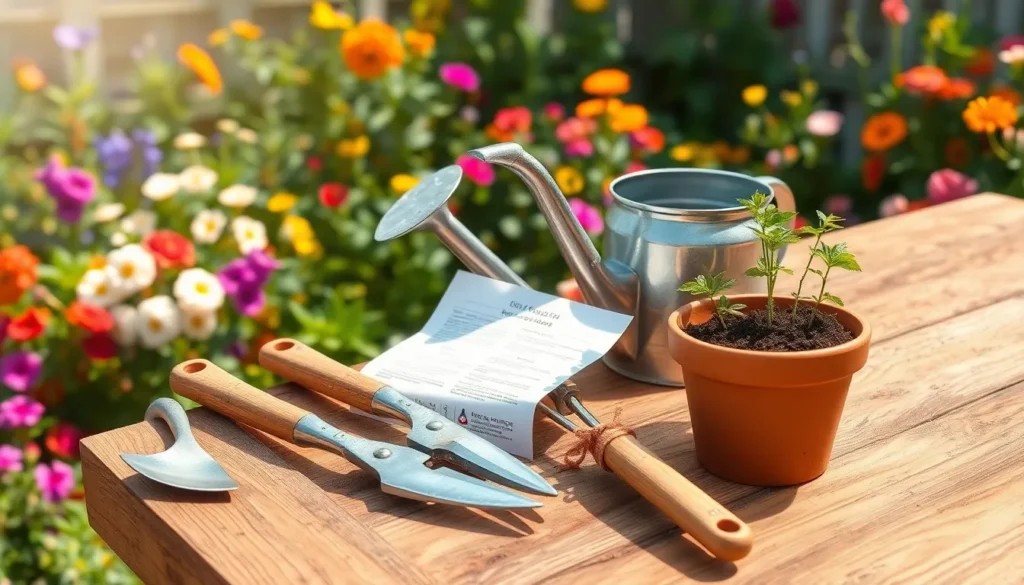Gardening is a journey of growth, both for the plants you nurture and for you as a gardener. Whether you’re sowing your first seeds or tending to a flourishing landscape, the right tools are your steadfast companions on this rewarding path. With the right equipment in hand, the act of gardening transforms from a mere task to a delightful experience, allowing you to connect more deeply with nature and your own creativity.
For beginners, stepping into this vibrant world can sometimes feel overwhelming amidst the sea of options. However, knowing which tools are truly essential can simplify your gardening journey and empower you to cultivate with confidence. Seasoned gardeners, on the other hand, understand that the right tools not only save time and effort but also enhance the joy of gardening itself. This article will guide you through the must-have tools that form the backbone of a well-equipped gardener’s toolkit.
In the following sections, you’ll discover seven indispensable tools that cater to a variety of gardening needs. From planting to pruning, these tools will equip you to tackle any gardening challenge with ease and efficiency. Whether you’re starting fresh or looking to upgrade your existing collection, this guide aims to simplify your choices and enrich your gardening experience. Let’s dig in and explore the tools that will help your garden—and your skills—bloom beautifully.
Choosing the Perfect Trowel
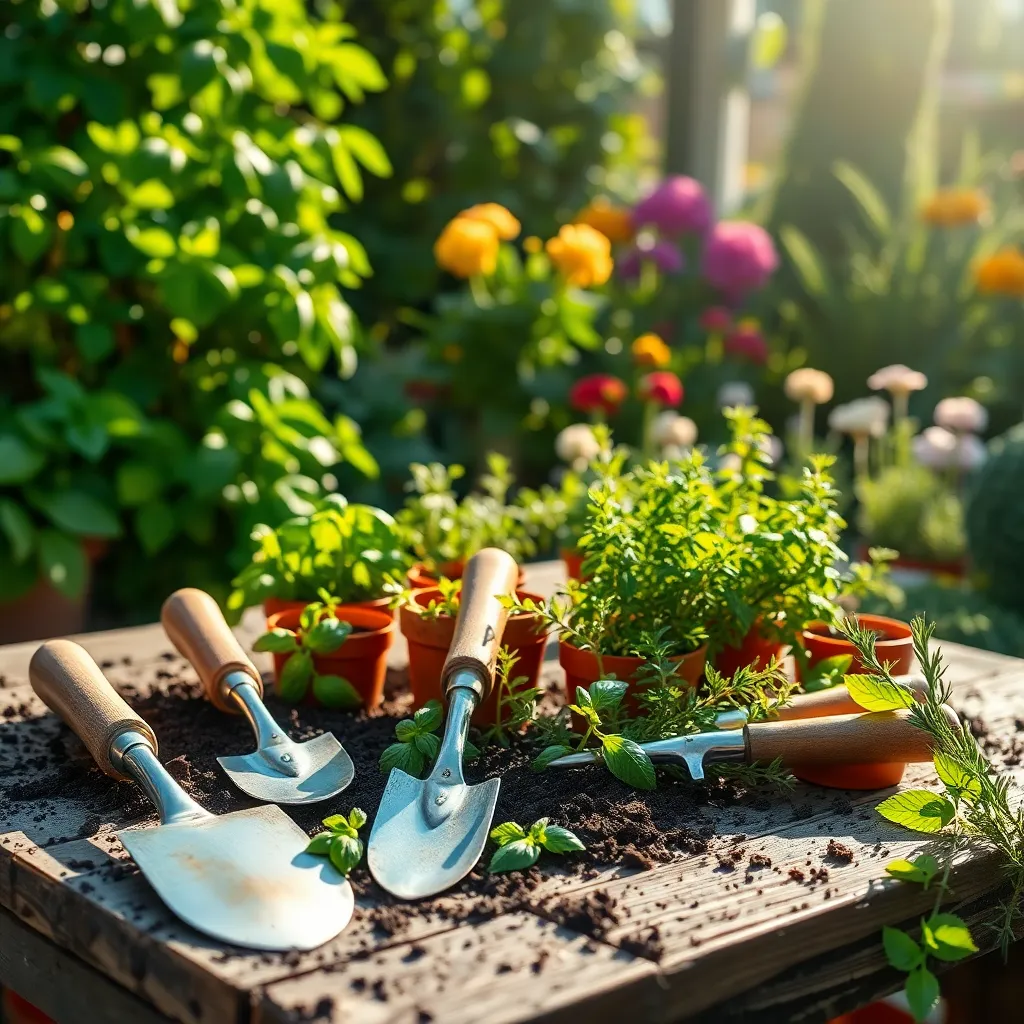
When selecting a trowel, it’s crucial to consider the material and durability of the blade. Stainless steel trowels are rust-resistant and strong, while carbon steel trowels offer superior strength and longevity.
A comfortable grip can make a world of difference during extended gardening sessions. Look for trowels with ergonomic handles that reduce strain on your hands, such as those made from rubber or cushioned materials.
The size and shape of the trowel blade can also affect its functionality. For precise planting, choose a narrower blade, while a wider blade is ideal for moving larger amounts of soil.
Experienced gardeners may benefit from a trowel with measurement markings on the blade. These markings help ensure accurate planting depths, which are essential for the health of seedlings and young plants.
The Versatile Pruning Shears
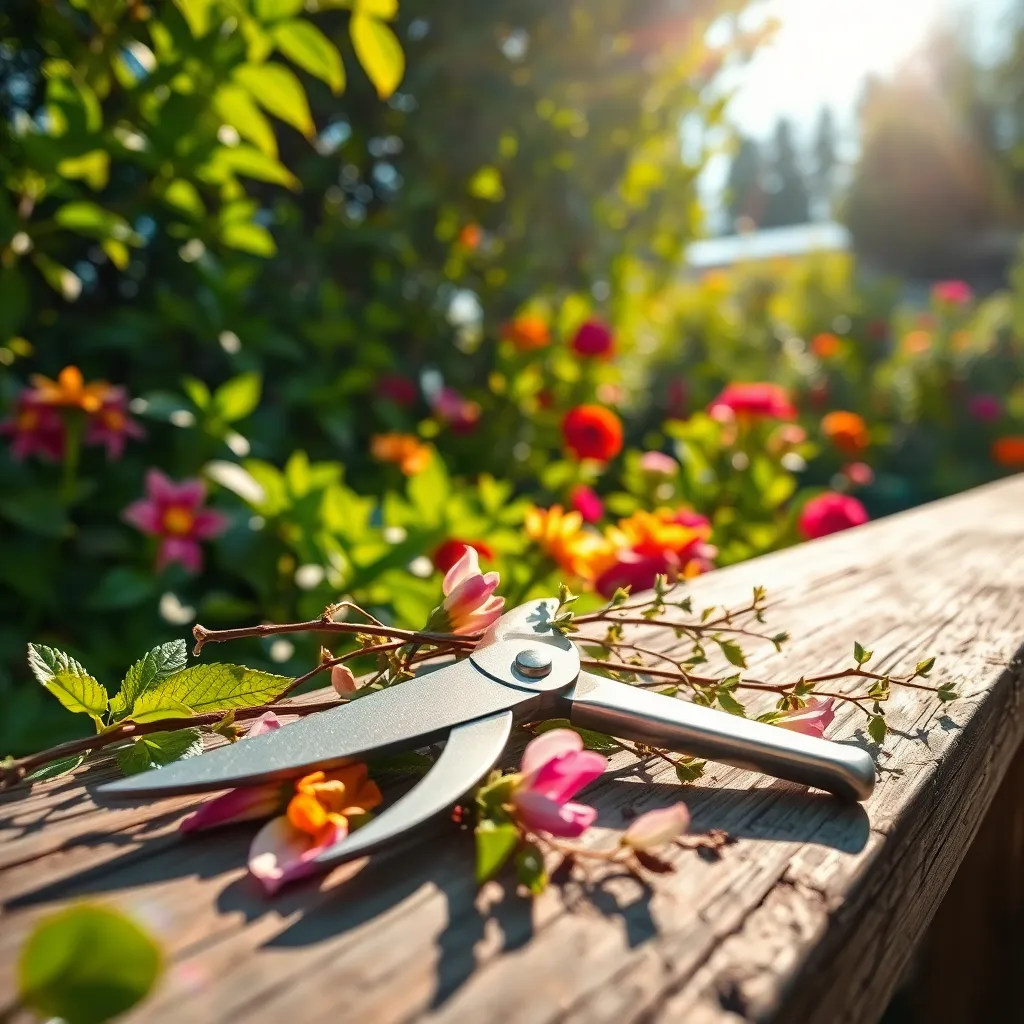
Pruning shears are a gardener’s best friend, offering precision and control for a variety of tasks. These versatile tools can handle everything from delicate deadheading of flowers to cutting back overgrown shrubs, making them indispensable in any garden toolkit.
To get the most out of your pruning shears, it’s essential to keep them sharp and clean. A well-maintained pair will not only make cutting easier but also help prevent the spread of diseases between plants.
When using pruning shears, always make cuts at a 45-degree angle. This technique promotes quicker healing and reduces the risk of water damage and rot, especially important in damp climates.
For beginners, start with bypass pruners, which are ideal for green wood and growing plants. More advanced gardeners might explore anvil pruners for dealing with dry or dead wood, as they provide more leverage and strength.
Digging with Durable Spades

Every gardener knows that a durable spade is essential for tackling a variety of tasks. Whether you’re digging a new bed or turning over soil, a reliable spade can make the job much easier and more efficient.
When choosing a spade, consider the type of soil in your garden—clay soils require spades with sharp, narrow blades to penetrate dense earth. For sandy or loamy soils, a broader blade can help move larger amounts of soil with ease.
Invest in a spade with a comfortable handle to reduce strain on your hands and back during prolonged use. Look for options with ergonomic designs or cushioned grips, which can make a significant difference in your gardening experience.
For advanced gardeners, a trenching spade can be an invaluable tool when installing irrigation systems or edging beds. Maintaining your spade by keeping it clean and sharp ensures its longevity and effectiveness, allowing you to enjoy many seasons of productive gardening.
Rakes: Beyond Leaf Gathering
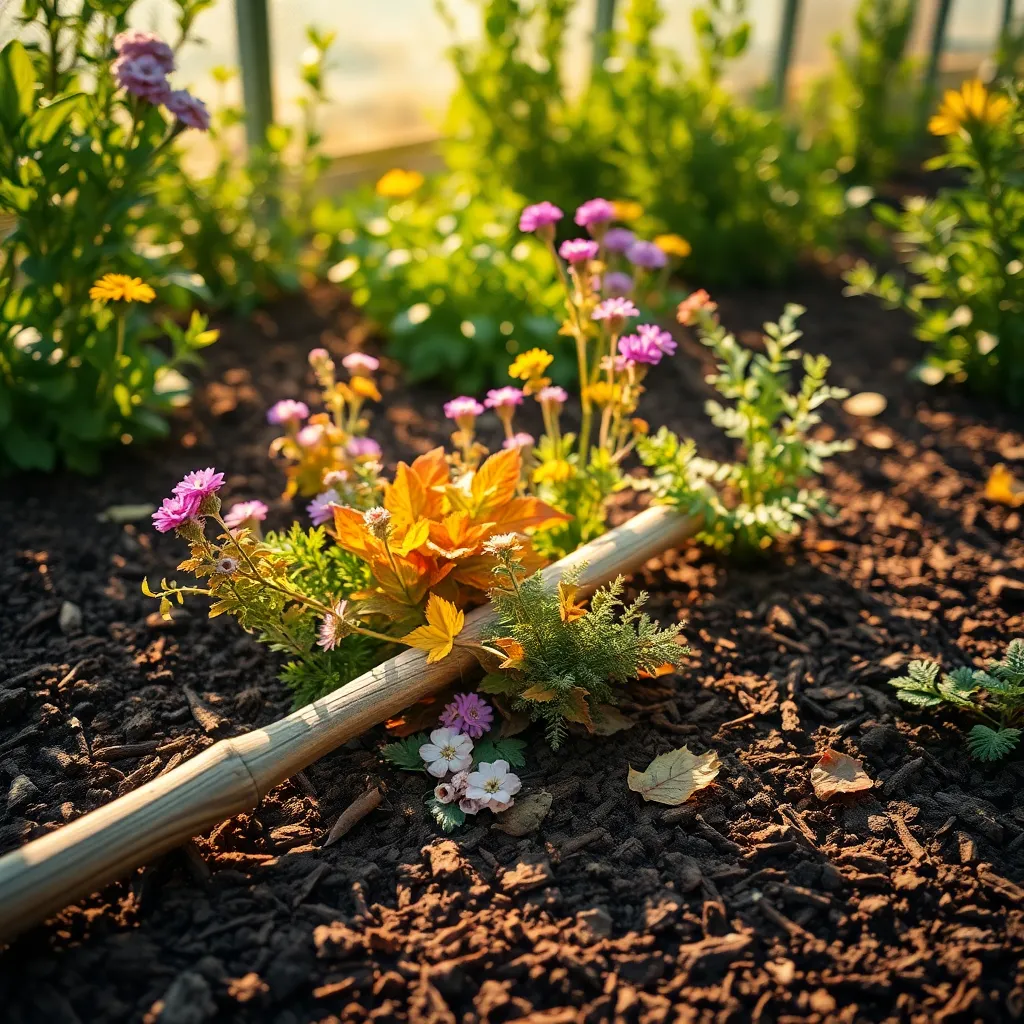
While rakes are commonly associated with gathering leaves, their utility in the garden extends far beyond this singular task. A good rake is essential for leveling soil, which is crucial for planting beds and ensuring even water distribution.
For those starting with new garden beds, a rake can help break up clumps of soil and remove debris, providing a smooth surface for planting. This tool is invaluable in creating the ideal texture for sowing seeds and transplanting seedlings.
Additionally, experienced gardeners use rakes to incorporate organic material into the soil, such as compost or well-rotted manure. This practice enriches the soil, enhancing its fertility and improving plant growth.
A versatile rake can also assist in dethatching lawns by removing dead grass and thatch, which allows sunlight and nutrients to reach the soil more effectively. Invest in a sturdy, adjustable rake to handle various garden tasks with ease and efficiency.
Garden Forks for Aeration
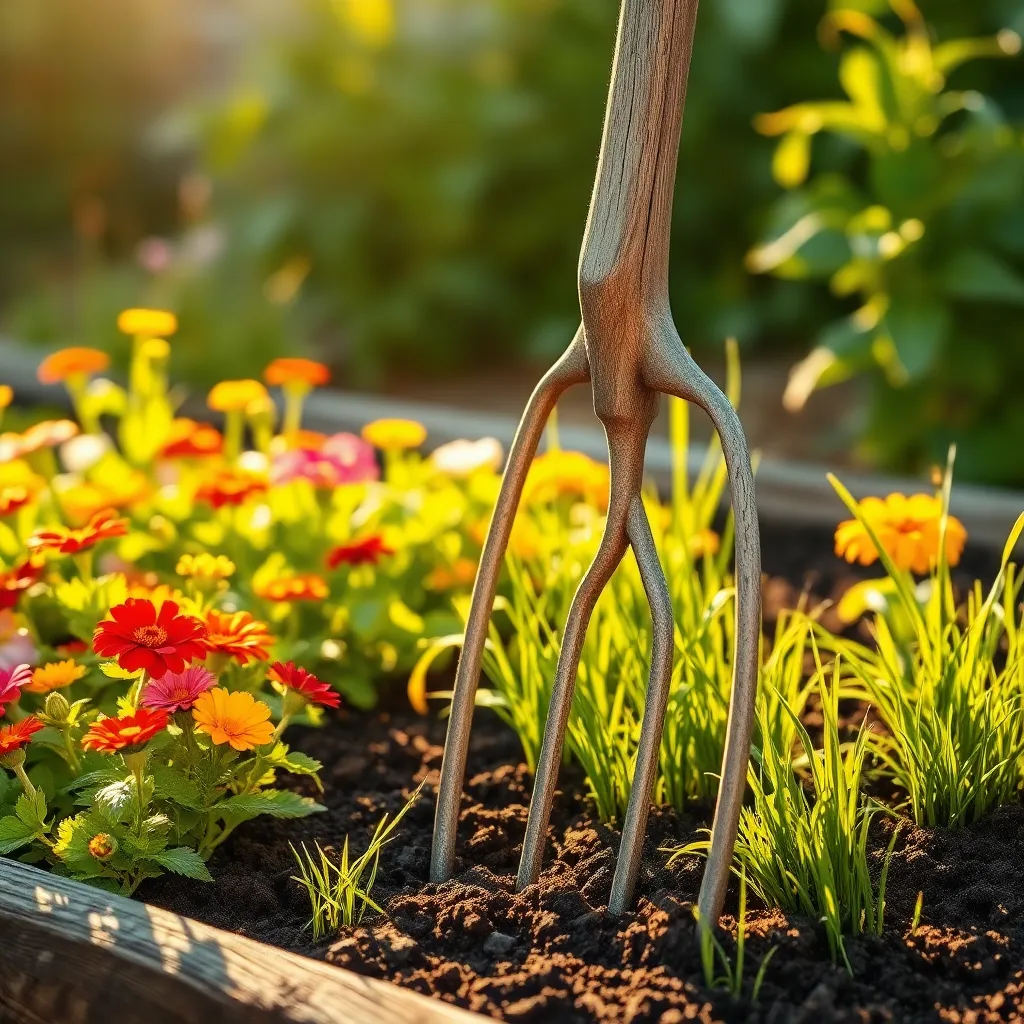
Garden forks are indispensable tools for maintaining healthy soil through aeration. They allow you to break up compacted soil, which is critical for ensuring that roots can access necessary nutrients and water.
Using a garden fork effectively involves inserting the tines into the soil and gently rocking back and forth. This motion helps to create air pockets, promoting better drainage and root growth.
For those new to gardening, a standard garden fork with four sturdy tines will handle most small to medium-sized garden beds. More experienced gardeners might consider a broadfork, which covers a larger area and is excellent for no-till gardening.
When aerating, aim to fork your garden beds in early spring or fall when the soil is moist but not waterlogged. Ensure you avoid disrupting the root systems of established plants by focusing on the spaces between plant rows.
Watering Cans and Hoses
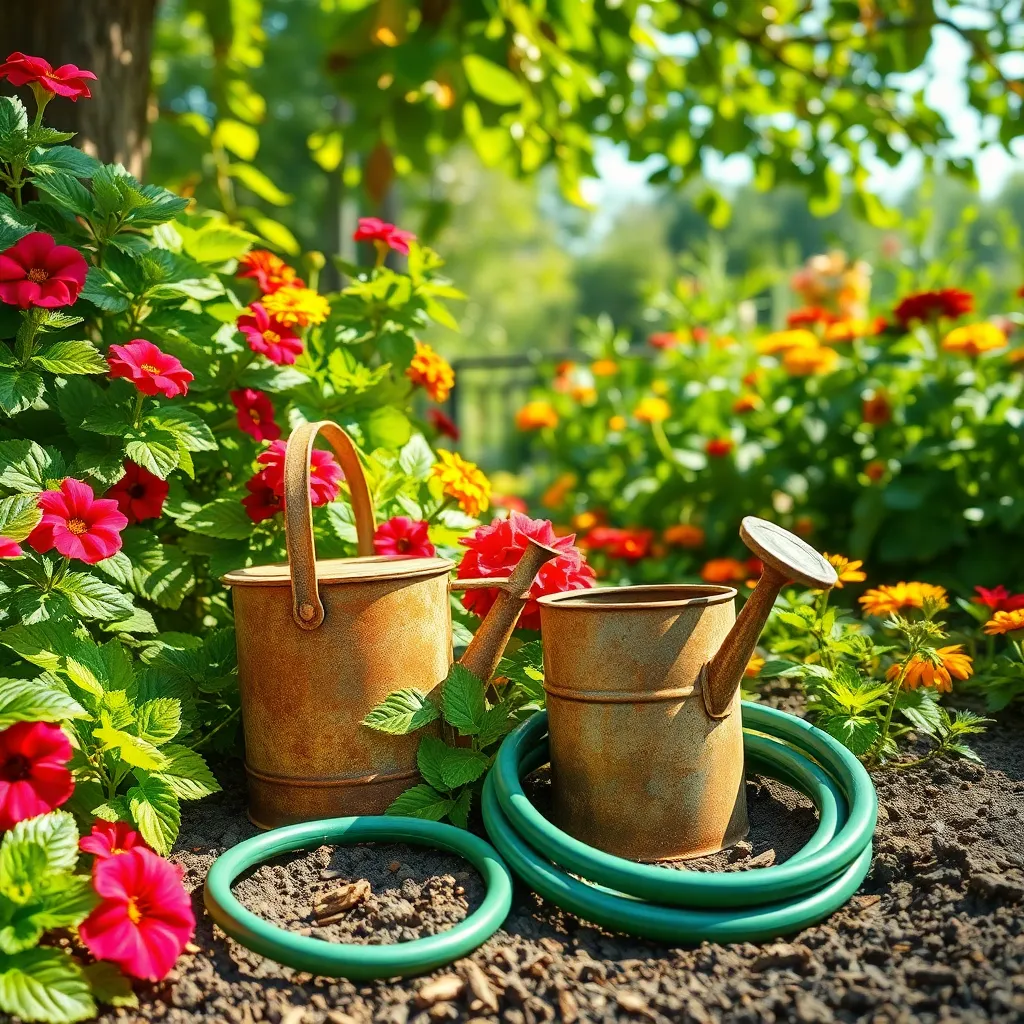
Watering cans and hoses are essential for maintaining a healthy garden, ensuring that plants receive the right amount of moisture. It’s important to choose a watering can with a removable rose, which allows for gentle watering and is ideal for delicate seedlings.
For larger gardens, hoses offer a more efficient way to cover extensive areas. Opt for a hose with an adjustable spray nozzle to tailor the water flow to various plant needs, providing a soft mist for tender plants and a stronger jet for thorough soil saturation.
Proper watering techniques can significantly influence plant health and growth. Water early in the morning or late in the afternoon to minimize evaporation and help plants absorb moisture more effectively, which is crucial during hot weather.
Advanced gardeners might consider investing in a soaker hose or drip irrigation system. These systems deliver water directly to the root zone, which conserves water and reduces the risk of leaf diseases caused by overhead watering.
The Importance of Gardening Gloves
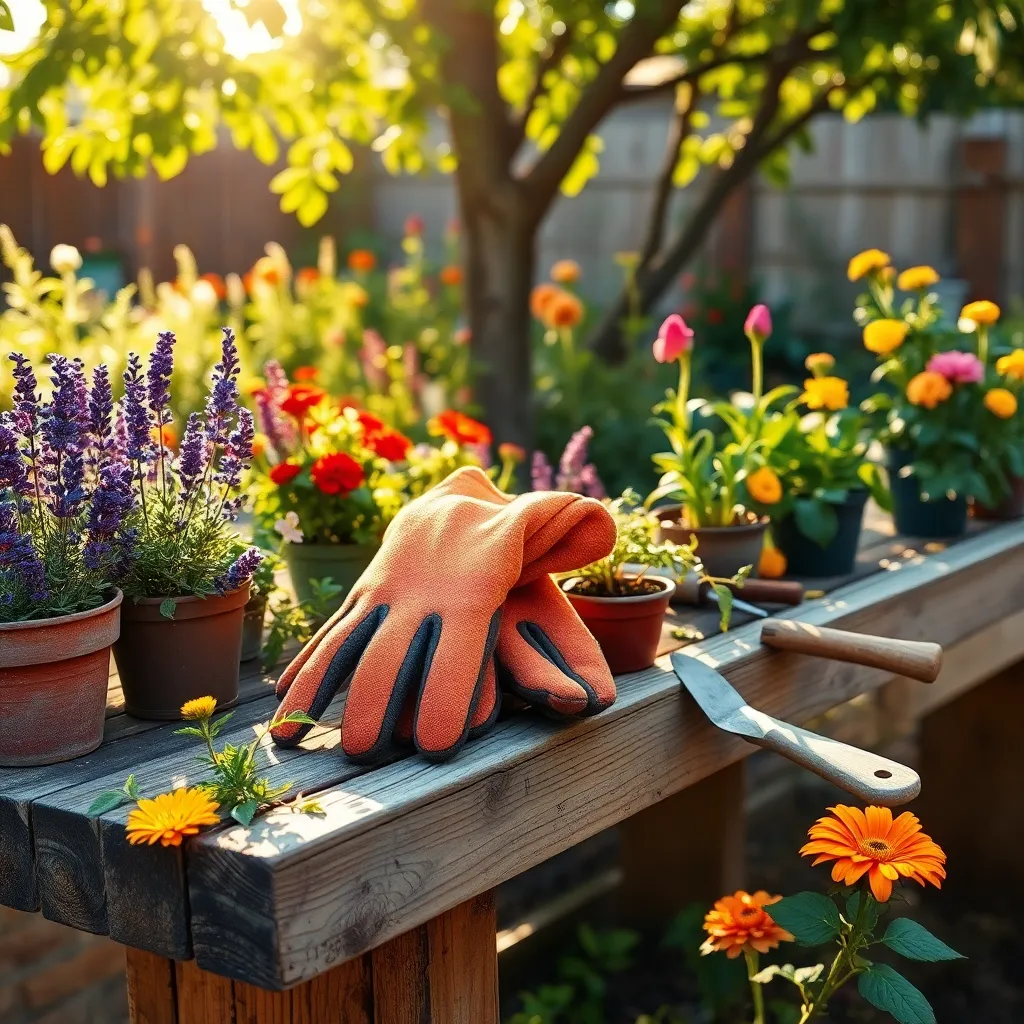
Gardening gloves are an essential tool that provides both protection and comfort while working in the garden. They shield your hands from cuts, blisters, and harmful chemicals, allowing you to work more efficiently and safely.
Choosing the right gloves can make a significant difference in your gardening experience. Opt for gloves that are durable yet flexible, such as those made from leather or nitrile, which offer excellent protection and dexterity.
It’s important to select gloves that fit well to avoid discomfort and ensure a firm grip on tools. When trying on gloves, ensure they are snug but not tight; your fingers should be able to move freely without excess material.
For gardeners who deal with thorny plants or rough materials, consider gloves with reinforced fingertips and padded palms for added protection. These features prevent injuries and allow you to handle tough tasks with confidence.
Regular cleaning and maintenance of your gardening gloves will extend their lifespan and keep them in good condition. Wash fabric gloves according to the manufacturer’s instructions and wipe down leather gloves with a damp cloth to remove dirt and debris.
Conclusion: Growing Success with These Plants
In nurturing our relationships, much like tending a garden, the right tools make all the difference. This article explored seven essential concepts for cultivating strong bonds: effective communication, emotional support, trust-building, quality time investment, conflict resolution, shared goals, and mutual respect. These foundational tools equip you to navigate the complexities of any relationship with grace and resilience.
As a first step, consider dedicating time this week to engage in a heartfelt conversation with someone you care about, focusing on active listening and understanding. This simple action can open doors to deeper connection and trust.
To ensure these invaluable insights are always within reach, bookmark this article now. It will serve as a handy guide, ready to assist whenever your relationship garden needs a little extra care and attention.
Remember, thriving relationships are a journey, not a destination. By consistently applying these tools, you’re not just maintaining your connections; you’re planting seeds for enduring love and harmony. Embrace this journey with optimism, knowing that every effort you invest brings you closer to the flourishing relationships you desire.

